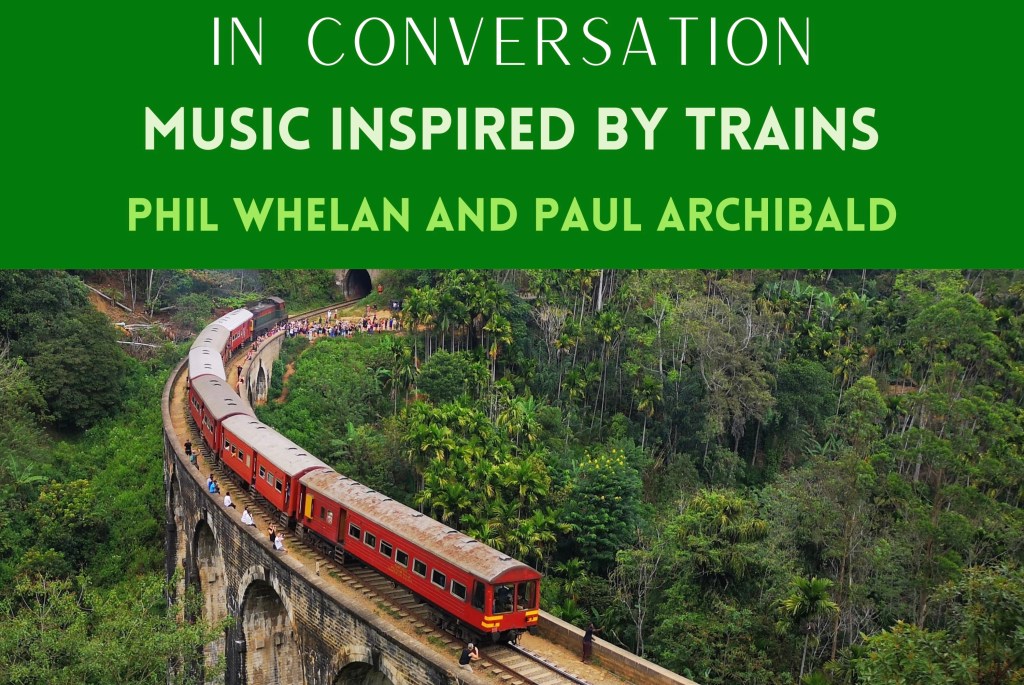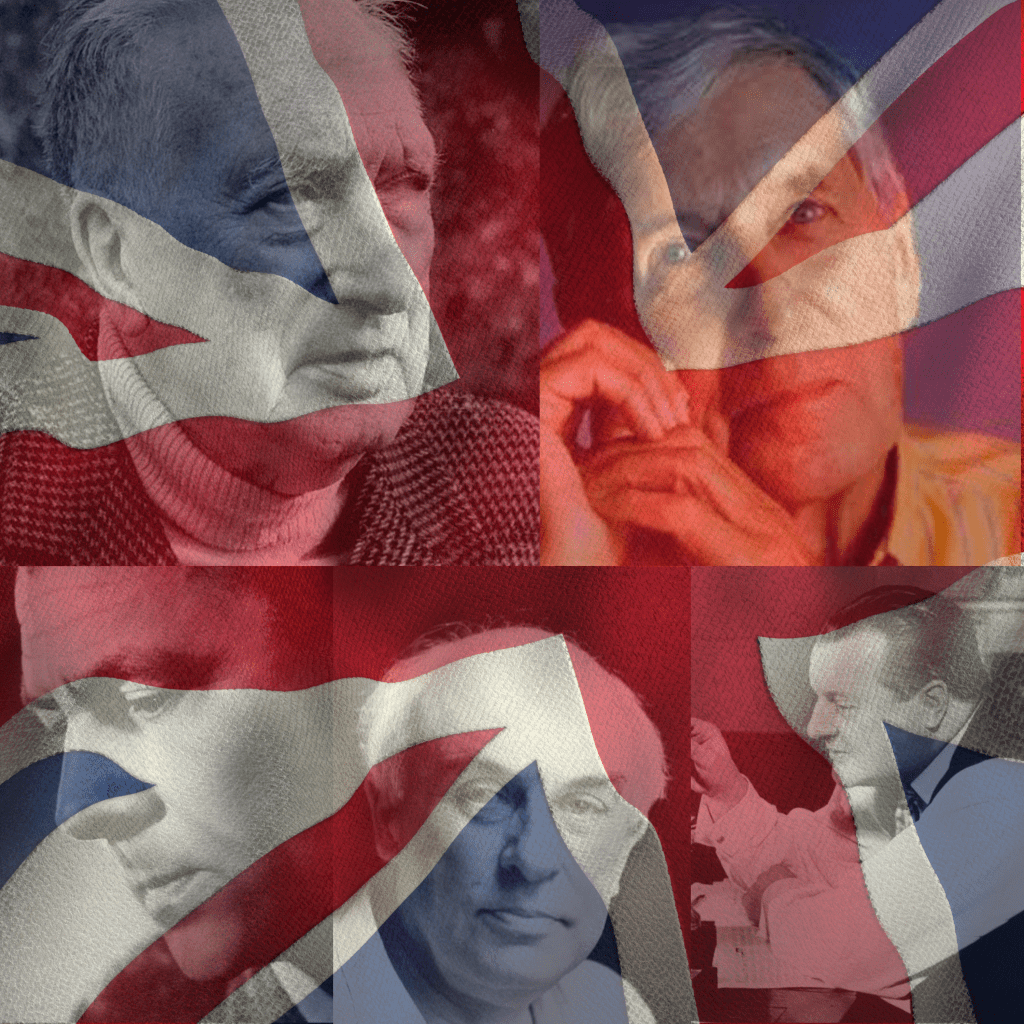Bruckner and Dvořák loved them, Wagner hated them and Mendelssohn found a trip on a free-wheeling locomotive “agony for the nerves”. Dvořák was, literally, a trainspotter: he loved nothing more than visiting the Franz-Josef Station in Prague and loved chatting with locomotive engineers. Percy Grainger adored travelling by train, and during journeys loved to spread his manuscripts out and compose.
This week Phil and I look at which composers have got steamed up about trains
Mikhail Glinka
Travelling Song (The Train Song), 1840
Peter Gluboky (bass)
Ilya Scheps (piano)

Glinka’s Train Song or Travelling Song is probably the first ever railway song to be composed and is a setting of a text by his friend Nestor Kukolnik. The song is part of a cycle of twelve songs entitled A Farewell to St Petersburg. The song cycle provides a good illustration of Glinka’s eclectic style with Russian, Spanish and Italian influences. It has a fast tempo, entertaining tongue twisting rhymes and is effectively a perpetuum mobile – a continuous stream of notes played at a rapid tempo.
Heitor Villa-Lobos
The Little Train of the Caipira, 1930 from Bachianas Brasileiras No 2
London Symphony Orchestra
Eugene Goossens (conductor)

The Little Train of the Caipira belongs to the fifth of a series of nine pieces called the ‘Bachianas Brasileiras’ composed by Heitor Villa-Lobos 1887-1959
It took time for classical orchestras to discover the sounds of Brazilian music and Villa-Lobos led the way – bringing the instruments, rhythms and melodies of his home, Brazil, into the concert hall and creating a vibrant, exciting new sound. The piece re-creates the journey of a shuddering steam train, carrying the ‘caipira’ or ‘people of the countryside’ off to pick berries in the fields. Villa-Lobos use the power of the orchestra to bring the locomotive to life: clarinets and trombones become steam whistles; percussion instruments, like the ganza (shaker) and reco reco (scraper), re-create the clattering, hissing engine; syncopated rhythms propel the wheels; and folk tune-inspired melodies add a distinctive Brazilian flavour.
Benjamin Britten
Night Mail
Simon Russell Beale
Birmingham Contrmporary Music Group
Martyn Brabbins (conductor)

On leaving the College, Britten was determined at all costs to make his living as a professional composer. He began to write incidental music for the GPO Film Unit as well as for small theatre companies and for BBC radio. In 1936 Britten and the poet W H Auden collaborated on Night Mail, probably the most celebrated of all 1930s documentary films. It tells the story of the special postal express train collecting, sorting and delivering mail as it travels overnight from London to Glasgow.
Arthur Honegger
Pacific 231
WDR Symphony Orchedtra Cologne
Stéphane Denève (conductor)

Pacific 231 was inspired by a locomotive (the “231”, describes the wheel arrangement). Some European railways used a system where the number of axles was counted instead of the number of wheels, 4-6-2 becoming 231. Honegger brilliantly orchestrates the potent hissing of steam, the piercing protestations of bearings, and the skidding of steel wheels as the power surges. Although the basic tempo is virtually constant, the impression of cumulative momentum – of vast mass gathering speed – is terrific.
Hector Berlioz
Le Chant des Chemins de Fer, 1846
Rolando Villazón (tenor)
National Orchestra of Toulouse
Michel Plasson (conductor)

The Song of the Railways – a Cantata in B minor, op19 no3 – is a brief, ten minute long celebratory piece for tenor, chorus and orchestra. Consisting of just three verses, it was commissioned by the city of Lille to mark the opening, in 1846, of the city’s shiny new railway station. As might be expected, it is a cheerful piece, full of bouncy rhythms, apart from a brief prayer section, and perhaps slightly reminiscent of the Marseillaise. Even in France performances have always been rare, but it was given an outing in Lille in 2004, when there was an opening ceremony to celebrate the city starting its year as European Capital of Culture.




Leave a comment